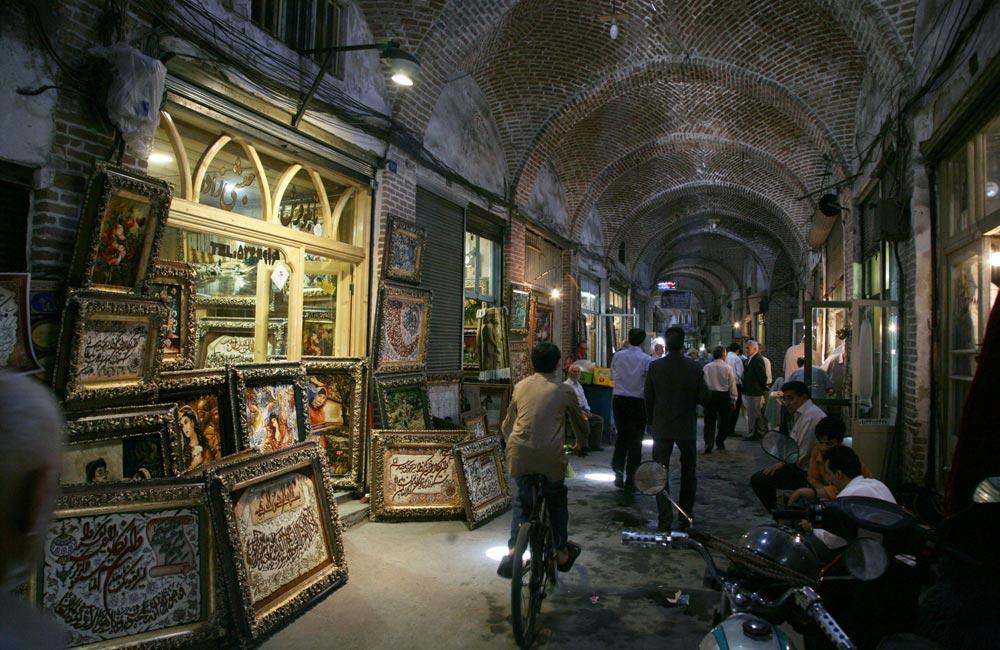The Silk Route’s Historic Bazaar of Tabriz Complex
Stepping into the biggest covered bazaar in the world and one of the oldest and most notable in the Middle East, the Bazaar of Tabriz generously reveals its antiquated roots and history to curious travellers and visitors. Being a hotspot for trade and commerce since the Iron Age, the 67 acre area of this bazaar has been around since the 12th century. The busy ancient marketplace was regarded as one of the most extraordinary in the world by Marco Polo and Ibn Battuta. Strategic placement on the Silk Route during its economic peak in the 16th, century brought Tabriz great wealth and recognition. Over the many centuries of commercial and cultural exchange Tabriz has managed to maintain the functionality of its bazaar. Even still today, the residents and retailers of Tabriz benefit from the tax exemptions set a long time ago. The Tabriz Bazaar Complex has been an officially registered UNESCO World Heritage Site since 2010. Come along with goingIRAN to learn and discover more about this attraction!
The beautiful brick structure of the bazaar is comprised of different interconnected sections. Its central courtyard was designed to house the merchants’ animals while they did business. This type of courtyard, which is surrounded by shops, warehouses and rooms, is called a Caravanserai. Smaller versions of the Caravanserais are called ‘Teamcheh’; essentially smaller resting rooms. Dalans are the alleyways that connect the rows of Hojrehs (small shops) together with the rest of the bazaar. At any point of their journey, upon looking up, travellers’ eyes will be met by fantastic Persian architecture brickwork. However, it is not just the shops and alleyways that make this complex a unique one. Through the many centuries, many social, religious and political structures have been integrated into this bazaar complex. The environment, here, is rich with a variety of socio-culture and commerce structures.
The complex has vast ceremonial spaces, dedicated to army parades, religious and official ceremonies, alongside a common meeting spot. Through the 13th and 15th centuries, Tabriz prospered greatly from the high trade volumes, as Persia’s capital. Even though the capital moved in 1548 away from Ottoman threats, manufacturing continued to greatly grow. The 16th and 17th century diversity in production grew with weaving, metallurgy, arms, textiles and soap. Many natural disasters and deteriorations, such as earthquakes and floods, have taken their stab at Tabriz’s bazaar; however it has always been meticulously maintained and restored to its original structure.
The Historical Tabriz Bazaar Complex is the most complete example of such a structure. While visiting Tabriz, Iran, make sure to get all of your personal and souvenir shopping in!
City/Town: Tabriz
Address: Terbiyet (Ipek Yoli) Alley, Emam Street, Emam Square (Meydan-e Emam)
Operating Days: Everyday
Operating Hours: Hostelry
Typical Price: Free
Neighbourhood: Arg-e Tabriz mosque – Emam Khomeini Mosalla


